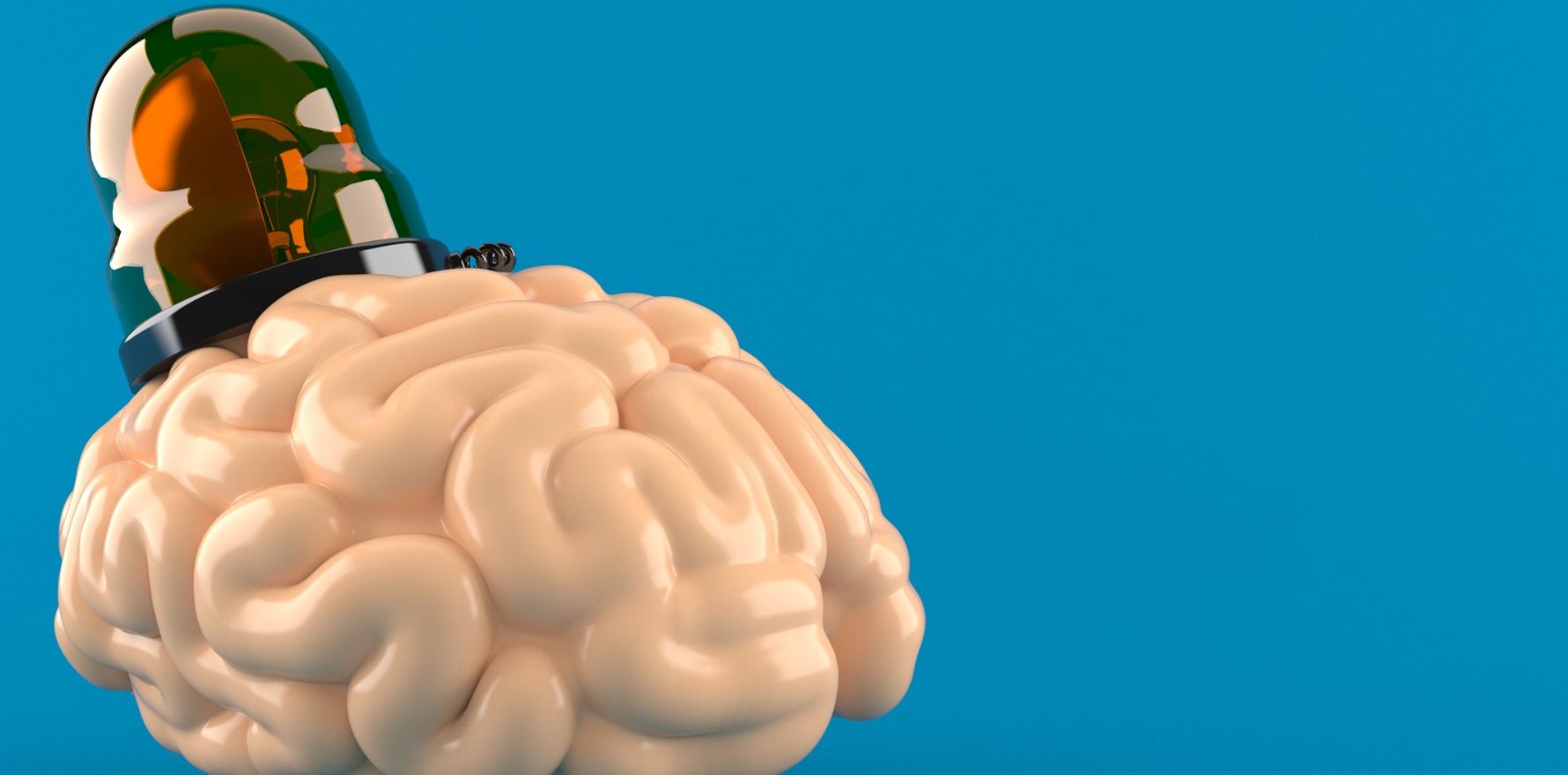Central sensitisation, not inflammation, might be causing chronic pain in many rheumatoid conditions.
A team of international experts has reviewed the scientific literature on central sensitisation in various chronic pain conditions common in rheumatology practice. The report was published recently in Lancet Rheumatology.
When dealing with patients suffering from persisting pain, often rheumatologists observe a discrepancy between the level of pain reported by the patient and the extent of tissue damage. This discrepancy is due to the multifaceted nature of chronic pain and often represents a diagnostic challenge for rheumatologists.
In its acute form, pain is a lifesaving mechanism that our brain uses to allow us to identify potential harmful stimuli. When pain becomes persistent, it is no longer a helpful message and it does not represent tissue damage.
“In response to an acute injury – car accident, surgery or traumatic event – it makes sense for the human body to activate its alarm system (i.e. increase the sensitivity of the nervous system to sensory input). However, the body should switch off the alarm system in the next 10 days, and [in chronic pain] this is often not the case,” Professor Jo Nijs, a physiotherapist at the University Hospital in Brussels, Belgium, and one of the authors of the review wrote to the Rheumatology Republic in an email.
“The alarm system stays active despite the disappearance of the threatening situation that activated it.”
“Changes in the central nervous system, rather than an ‘unhealed injury’ or any other structural explanation, explain [patients’] pain and suffering. [Central sensitisation] allows one to think beyond muscles and joints, and to consider neuroplasticity as a possible explanation for the persistent pain problem,” he wrote.
“Up until relatively recently, and across the board, rheumatologists didn’t have a good grasp of how to differentiate central sensitisation from the effects of inflammation,” said Dr Daniel Lewis, a rheumatologist and chronic pain specialist in Melbourne.
“In the patient’s mind, inflammation equals pain. In the doctor’s mind, inflammation equals pain. But in the chronic situation, if you don’t spend time teasing out all the aspects of the pain, you can easily jump to the conclusion that it’s inflammation,” he said.
Dr Lewis said that a central sensitisation misdiagnosis can lead rheumatologists to prescribe increasingly strong immunosuppressants rather than provide the patient with an evidence-based chronic pain management plan.
The authors of the review define central sensitisation as an “amplification of neural signalling within the central nervous system that elicits pain hypersensitivity.” In other words, the central nervous system becomes hypersensitive to stimuli. This malfunctioning might be to blame for persisting pain that does not reflect the extent of the lesion.
The scientific literature reports that features of central sensitisation can be observed in a variety of rheumatoid conditions such as fibromyalgia, osteoarthritis, rheumatoid arthritis, Ehlers-Danlos syndrome, upper extremity tendinopathies, headache and spinal pain.
But within each condition, individual patients can present different degrees of central sensitisation, which makes diagnosis a challenge. These differences also highlight that individual assessment is crucial.
“There is no gold standard test,” Professor Nijs told Rheumatology Republic. “Therefore, clinicians rely on a combination of clinical reasoning, psychophysiological tests and patients’ self-report.”
One of the diagnostic methods available to rheumatologists is the quantitative sensory testing (QST).
“QST is appropriate for scientific purposes, but it is challenging to use in clinical practice. First, it is costly and time-consuming, and patients’ responses vary across time, with substantial inter- and intra-individual variation depending on a multitude of factors. This includes gender, body composition, age, sleep quality in the previous nights and stress levels,” said Professor Nijs.
Dr Lewis explained that, apart from brain imaging, which shows heightened pain responses, [QST] is the only clinically relevant test that differentiates central sensitisation from inflammation.
“It’s a very difficult clinical assessment, and most rheumatologists don’t use it because it is a fairly lengthy process, and most practitioners don’t allow for that time,” he said.
Dr Lewis suggests that rheumatologists take a good medical history and take the time to listen to their patient.
“And then go through your own diagnostic algorithm – is this inflammation? Or is this a pain probe problem? Just thinking about it, being willing to explore that, it should be mainstream medical practice,” he said.
But there is also a lot of kickback from patients, said Dr Lewis.
“As soon as they are diagnosed with central sensitisation, they think it’s a mental health diagnosis.”
In their review, the team of experts found that central sensitisation predicts poor treatment outcomes in multiple rheumatoid conditions following procedural treatment, rehabilitation and surgery. A central sensitisation diagnosis might radically change the prescribed treatment and consequently the outcome.
The current scientific evidence indicates that various pharmacological and non-pharmacological strategies could help reduce central sensitisation and consequently improve patient outcomes in several rheumatoid conditions.
“An individually-tailored multimodal lifestyle approach, addressing all relevant lifestyle factors such as physical activity, stress intolerance, sedentary behaviour, smoking, diet, sleep and so on, are the most effective strategies to treat central sensitisation,” said Professor Nijs.
“Given the body of evidence supporting a key role for central sensitisation in explaining persistent pain across medical disciplines, this should become a standard part of the assessment of all chronic pain patients,” he said.
“[Central sensitisation] has been a topic of discussion at rheumatology meetings increasingly over the last two to three years. That’s a very good sign, but it tells me that it’s not handled well yet, and it needs to be talked about because most people haven’t embraced it.”


